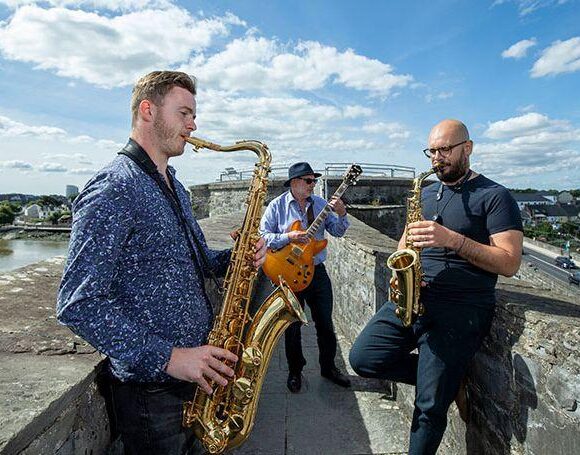Limerick city has been awarded €6.5 million by the EU Research and Innovation Funding programme, Horizon 2020, in order to become a “smart city”.
The +CityxChange is a full scale smart city project which will see Limerick work alongside Trondheim in Norway, along with five other follower cities, Alba Iulia (Romania), Pisek (Czech Republic), Sestao (Spain), Smolyan (Bulgaria) and Voru (Estonia) over the next five years.
Together, with all of their citizens, they will develop solutions that will help generate more energy than they consume, and exchange experiences with cities across Europe to learn faster, together.
In total, the project is to receive €20 million in funding by Horizon 2020 and has 32 partners involved from 11 countries.
By winning the grant, Limerick will become the first Irish “Lighthouse Smart City”- Lighthouse cities are ones that develop and tests integrated innovative solutions at district scale and act as exemplars for their region and other cities and regions across Europe.
Limerick is the only Irish city to ever receive this prestigious award and €6.5m of the overall funding will go directly to Limerick and its partners.
Rosie Webb, Lighthouse City Leader, Limerick City and County Council said:
“This is an outstanding opportunity for Limerick to lead at an international level on the creation of positive energy areas. The Georgian Innovation District will enable us to co-create the future we want to live in.
“This can only happen with the active participation of citizens and by working closely with the University, industry partners and local businesses.
“In Limerick we will specifically look at adapting our historic city centre to enable citizens to play a key role in this new sharing and exchange model of energy consumption. We will then be in a position to exchange our experience with cities across Europe.”
Contract negotiations will now begin between Limerick and its partners and the project is set to begin in 2019. The final two years involve monitoring and evaluation.













